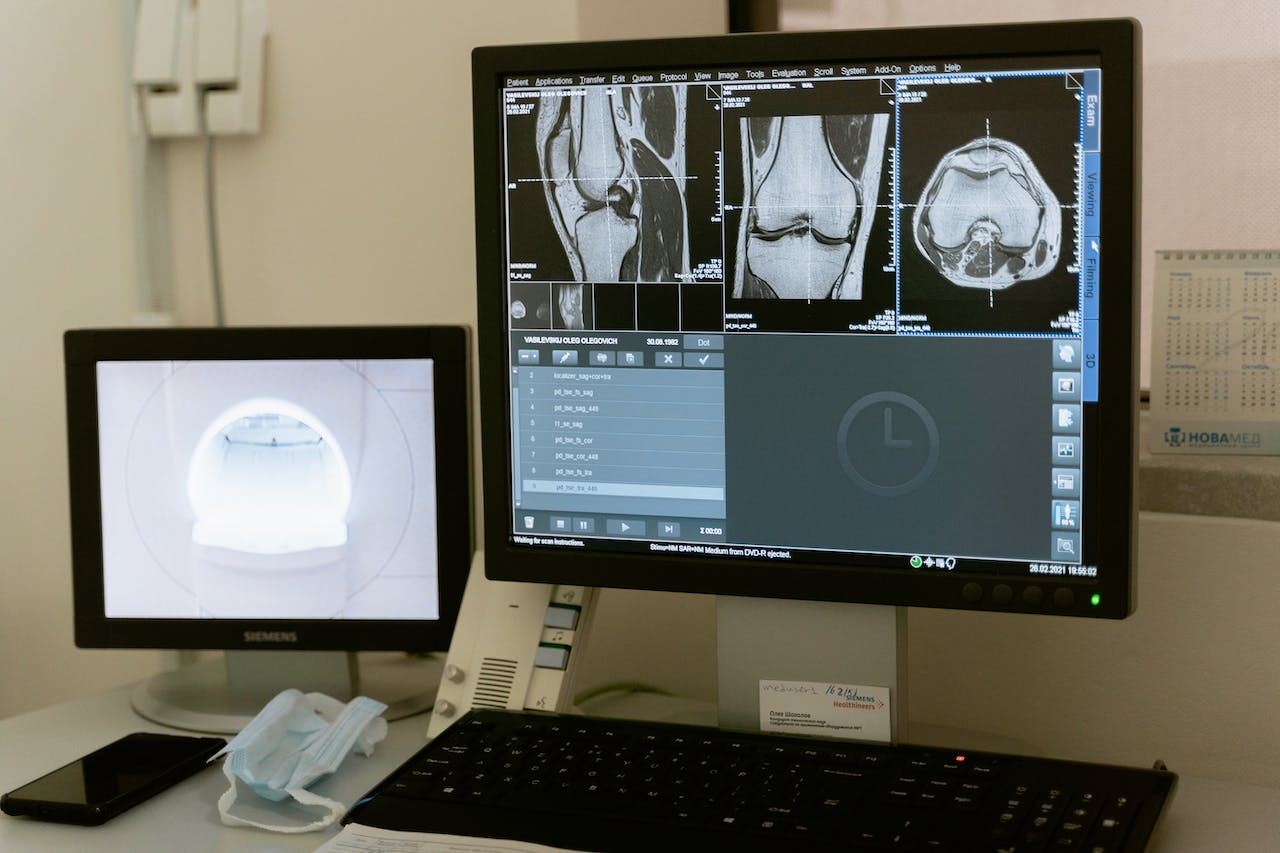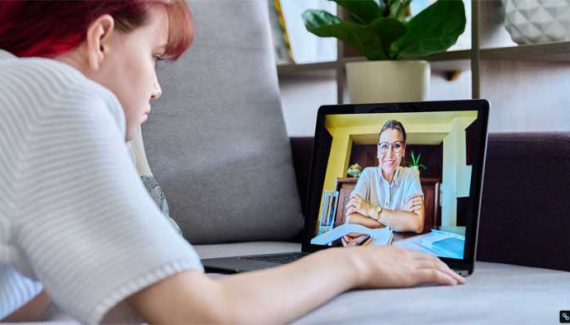Are you having a condition caused by bone spurs, making it painful when you walk? Is it getting more and more difficult for you to move every day? It’s time to stop suffering and take back control of your body, then. That’s because we’ll be looking at bone spurs – those bothersome growths that seem to have taken up home in your joints – to learn a few things about how physical therapy may be really effective in helping you get better. We will touch on the potential benefits of physical therapy for bone spur removal, offering insights into managing and alleviating the discomfort caused by these growths.

Contents
Bone Spurs: What are They and How Do They Form?
Osteophytes, another name for bone spurs, are naturally occurring bony growths that develop along the margins of bones. They are most often seen in joints such as the knee, hip, shoulder, and spine. Although these little projections may not cause any symptoms, larger spurs or those that push on the surrounding tissues might cause pain and discomfort.
The body’s response to long-term stress, aging, repetitive movements, or injuries in joints involves the natural formation of bone spurs. This overgrowth typically develops at the edges of joints, reinforcing areas affected by stress or damage. There are various factors that contribute to bone spur formation.
Osteoarthritis:
This is a degenerative joint disease resulting from the gradual breakdown of cartilage between bones due to aging or repeated wear and tear.
Joint Injury:
Trauma or fractures to joints trigger excess calcium deposits during the healing process, leading to bone spur formation.
Poor Posture:
Prolonged poor posture, especially in the spine, causes inflammation and may result in bone spurs along the vertebrae.
Hereditary Factors:
Genetics can play a role in bone spur development, contributing to a more comprehensive understanding of their origin.
Recognizing the different causes of bone spurs provides a clearer understanding of their formation and potential impact on joint health.
Symptoms of Bone Spurs
Bone spurs may cause pain and discomfort, as they are often found in joints where two bones connect. Common symptoms that are linked to bone spurs include the following:
1. Pain: One of the most prevalent symptoms of bone spurs is pain. As the bony projections rub against nearby tissues or nerves, the result can be sharp and sometimes chronic pain.
2. Swelling: Bone spurs can irritate surrounding soft tissues causing inflammation and swelling around the affected area.
3. Limited mobility: When bone spurs develop in joints such as knees, hips, or shoulders, they can limit your range of motion. This stiffness reduces flexibility and makes movements challenging.
4. Numbness or tingling: In some cases, bone spurs may press on nerves, leading to numbness and tingling sensations.
5. Weakness: As bone spurs interfere with normal joint movement, it can lead to muscle weakness due to reduced level of activity.
The Importance of Physical Therapy in Bone Spur Rehabilitation
Fractures and aging, as well as illnesses like arthritis may all result in bone spurs. Larger spurs may cause discomfort and limited movement, and often, smaller spurs may not cause any symptoms. Because physical therapy plays a major role in improving mobility and managing symptoms, your doctor may suggest it as an essential part of your rehabilitation plan if you are diagnosed with a bone spur.
Physical therapy addresses pain management as a primary goal in bone spur rehabilitation. Based on the location and size of the spur, therapists collaborate with patients to tailor the appropriate treatment plan. These plans may include manual therapy, ice or heat therapy, electrical stimulation, and ultrasound therapy to alleviate discomfort.
Strengthening exercises are important in bone spur rehabilitation, countering wear-and-tear on joints and muscles. Physical therapists guide individuals through tailored exercises to enhance strength, manage symptoms, and prevent further damage. The comprehensive approach of physical therapy contributes significantly to the overall recovery of individuals dealing with bone spurs.
Common Techniques Used in Physical Therapy for Bone Spurs
Physical therapy is essential for bone spur rehabilitation, addressing symptoms like pain, stiffness, and loss of mobility. Therapists use various techniques tailored to individual needs.
Manual Therapy:
Involves hands-on methods like massage and joint mobilization to reduce pain and stiffness.
Therapeutic Exercises:
Customized programs help strengthen muscles, improve joint range of motion, and maintain flexibility.
Ultrasound Therapy:
This uses high-frequency sound waves to promote tissue healing and reduce pain.
Electrical Stimulation:
Also called neuromuscular electrical stimulation, it involves low-level currents for muscle contraction and increased blood flow.
Heat or Cold Therapy:
Heat or cold therapy is applied based on the specific condition to alleviate symptoms.
These techniques collectively aim to enhance overall function and alleviate bone spur-related discomfort.
Tips for Finding the Right Physical Therapist
Finding the right physical therapist for bone spur rehabilitation is important, so you may follow the tips shared here to help you make an informed choice.
Do Your Research:
- Look for specialists in bone spur treatment.
- Seek recommendations from your doctor, friends, or family.
Check Credentials:
- Choose a licensed physical therapist from an accredited institution.
- Verify additional certifications or specializations align with your needs.
Meet Them in Person:
- Schedule consultations with shortlisted therapists.
- Assess their personality, communication style, and rehabilitation approach.
Ask Questions:
- Inquire about experience with bone spur patients and success rates.
- Understand their treatment approach to determine compatibility.
Consider Location and Availability:
- Factor in their location for convenience.
- Ensure their availability aligns with your schedule for regular appointments.
Following these steps ensures you find a qualified physical therapist tailored to your bone spur rehabilitation needs, contributing to a successful recovery journey.
Alternative Options for Treating Bone Spurs
There are non-surgical alternatives that are additional options alongside or in lieu of physical therapy treatment for bone spurs. Natural remedies such as acupuncture, have demonstrated effectiveness in reducing inflammation and pain associated with bone spurs. Chiropractic care focuses on realigning the spine and joints to alleviate pressure and improve flexibility. Massage therapy can target muscle tension and trigger points related to bone spur discomfort. Hot/cold therapy, alternating between compresses aids in pain relief, promoting blood flow and muscle relaxation. Additionally, supplements like glucosamine, chondroitin sulfate, and turmeric, known for their anti-inflammatory properties may provide relief and support overall function. These alternatives offer diverse approaches to managing bone spur symptoms.


